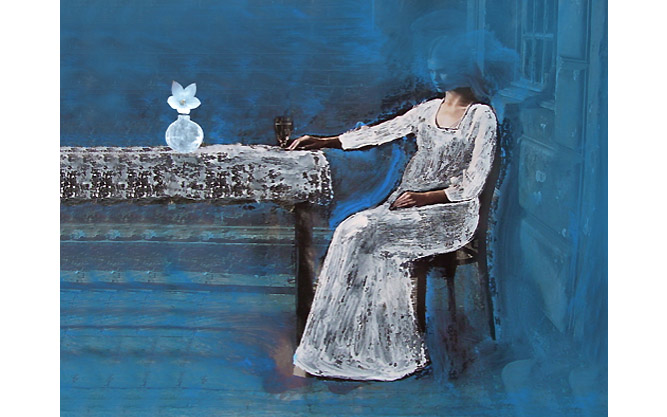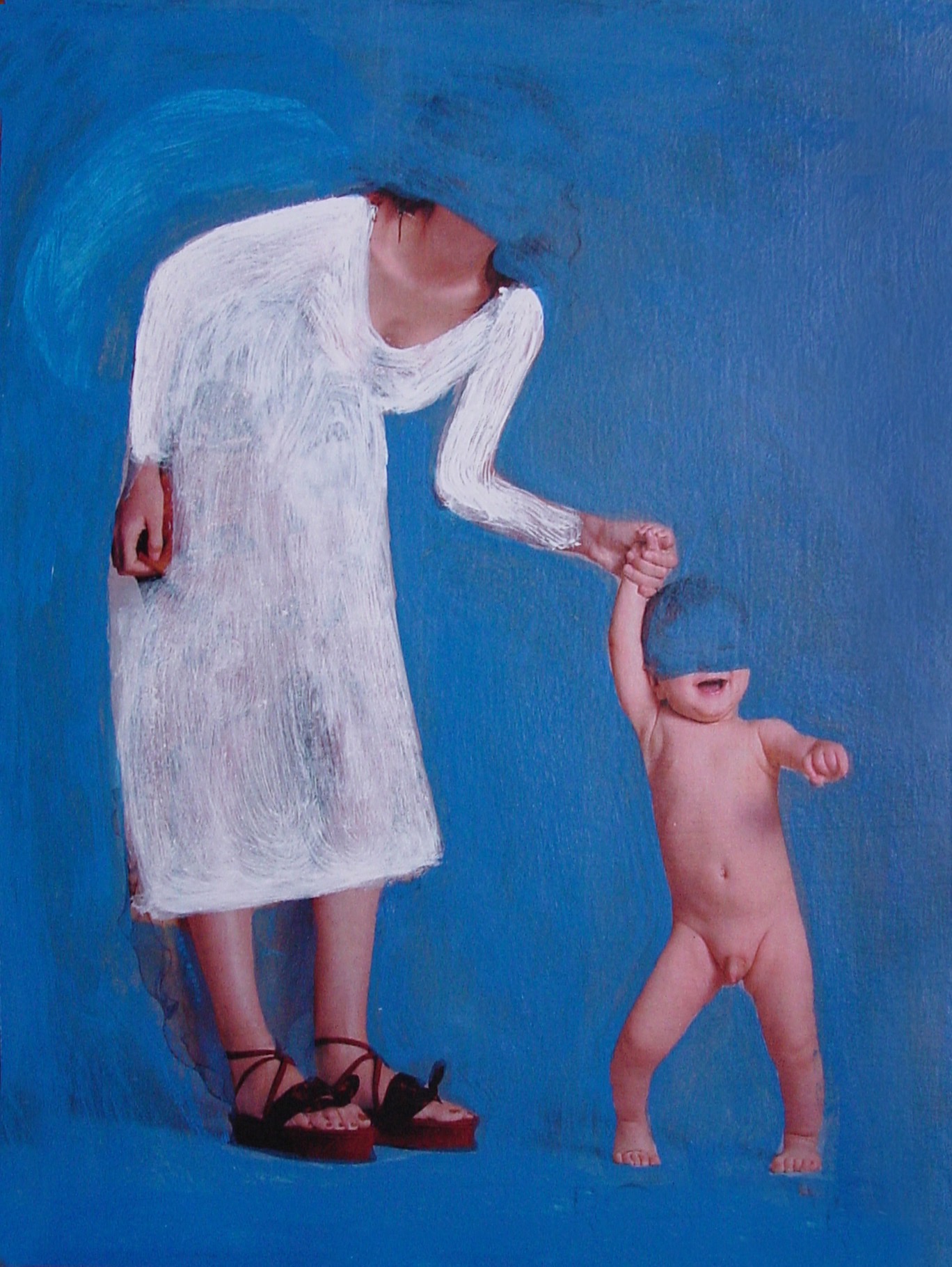Del veder leggero e forte

di DEBORA FERRARI
2003
Non si tratta di comprendere dei fatti artistici leggendoli in una luce necessariamente di pura artisticità, occorre capire un fenomeno e l’intelligenza che lo ha mosso.
Di fronte a percorsi di luce e colore la simbologia e la metafora si fanno avanti spontaneamente. La materia come elemento terreno e umano, la luce come elemento spirituale che, trapassando la realtà, unisce idealmente il cielo e la terra, le forze infernali con quelle celesti, l’immanente con il trascendentale, come è in quasi tutte le culture mitologiche.
Ma la forte novità dell’arte contemporanea è nell’immaginario, liberato (dalle incisioni rupestri all’Impressionismo quanti commenti patetici e poetici e strutturalisti e formalisti hanno oggettivizzato il mondo dell’arte!).
Ora siamo in un’altra epoca. Di fronte alle opere di questo giovane artista è inutile voler cercare percorsi già detti, storie già sentite, le storie le inventiamo noi.
Liberato l’immaginario, svincolate le dimensioni delle opere, ricontestualizzata l’operazione artistica, l’arte non oggettivizza, semmai oggettualizza. Come? Attraverso la materia, immettendo nel quadro anche con pochi elementi un afflato vitale, poetico, che rende ‘il veder leggero’… L’arte che si fa oggetto d’arte è un’arte che si ribella e grida di voler esistere. L’arte come dato esistenziale, non razionale. E la materia la si domina solo se si è capaci di obbedirle, di metterla in sintonia col proprio corpo che è ritmo, misura, tempo.
“Nous ne voulons pas reproduire – scriveva Arp nel 1932 – nous voulons produire, comme une plant produit son fruit”. Paracchini non riproduce, fa. Le sue opere, anche nel discorso monocromo o bicromo, mantengono il rapporto tra bidimensionalità e spessore dell’opera (che in certi casi diviene quasi scultura o affresco), hanno una dimensione spazio-temporale, la prima per collocarla, la seconda per leggerla. Ed è forse la dimensione tempo la più forte nelle opere di Paracchini. Un tempo relativo, non assoluto, che è quello impiegato per correre entro tutti quei piani profondi o aggettanti di tavola e tela e pigmenti, e riuscirne trasformati, dopo un duro scontro con l’opacità della materia e l’ostruzione che questa fa per condurre alla pienezza dell’opera.
Tutta la fatica costruttiva dell’autore si cela dentro il silenzio di opere talvolta austere e forti, la pienezza umana dell’artista si rivela dal suo immaginario. Ma l’arte è meraviglia. Dire è altro.
GOOGLE TRANSLATION
Of seeing light and strong
It is not a question of understanding artistic facts by reading them in a light necessarily of pure artisticity, it is necessary to understand a phenomenon and the intelligence that moved it.
In front of paths of light and color, symbolism and metaphor come forward spontaneously. Matter as an earthly and human element, light as a spiritual element that, passing through reality, ideally unites the sky and the earth, the infernal forces with the celestial ones, the immanent with the transcendental, as it is in almost all mythological cultures.
But the strong novelty of contemporary art is in the liberated imagination (from rock carvings to Impressionism, how many pathetic and poetic comments and structuralists and formalists have objectified the world of art!). Now we are in another era.
In front of the works of this young artist it is useless to want to look for already said paths, already heard stories, we invent the stories.
Once the imagination is freed, the dimensions of the works are untied, the artistic operation is recontextualized, art does not objectify, if anything it objectifies. How? Through matter, by introducing into the painting even with a few elements a vital, poetic inspiration, which makes ‘seeing light’…
Art that becomes an object of art is an art that rebels and shouts that it wants to exist. Art as an existential fact, not a rational one. And matter can only be dominated if one is capable of obeying it, of putting it in tune with one’s own body which is rhythm, measure, time.
“Nous ne voulons pas reproduire – wrote Arp in 1932 – nous voulons produire, comme une plant produit son fruit”. Paracchini does not reproduce, he does. His works, even in the monochrome or bichrome discourse, maintain the relationship between two-dimensionality and thickness of the work (which in some cases becomes almost sculpture or fresco), have a space-time dimension, the first to place it, the second to read it. And it is perhaps the time dimension that is the strongest in Paracchini’s works. A relative, not absolute, time, which is the one used to run within all those deep or projecting planes of board and canvas and pigments, and emerge transformed, after a hard clash with the opacity of the material and the obstruction that this creates to lead to the fullness of the work.
All the constructive effort of the author is hidden within the silence of works that are sometimes austere and strong, the human fullness of the artist is revealed by his imagination.
But art is wonder. Saying is something else.
Altri Testi…
